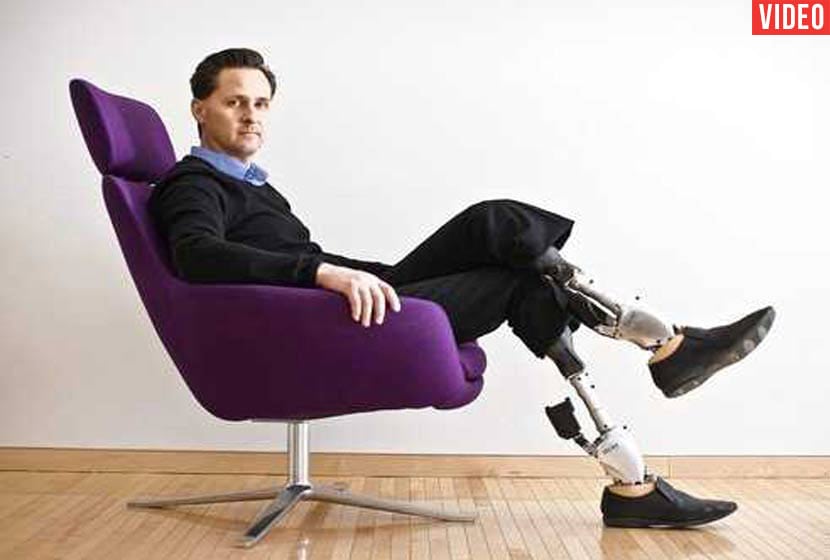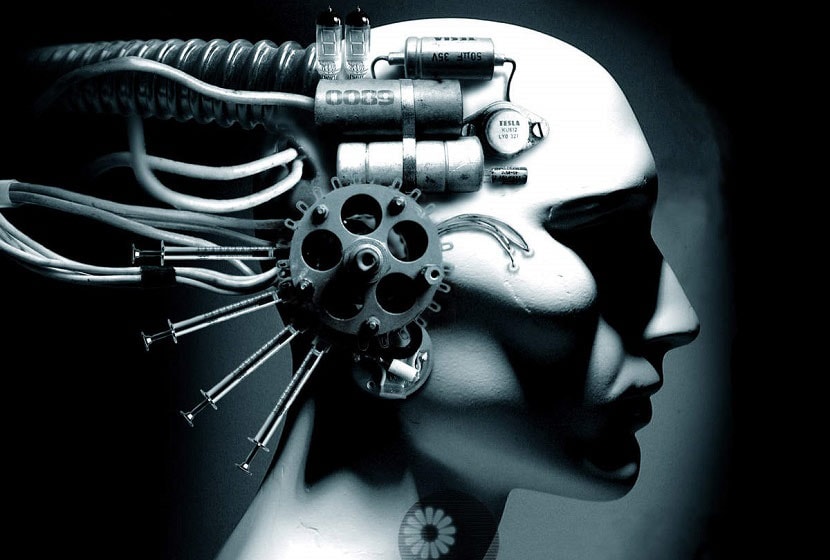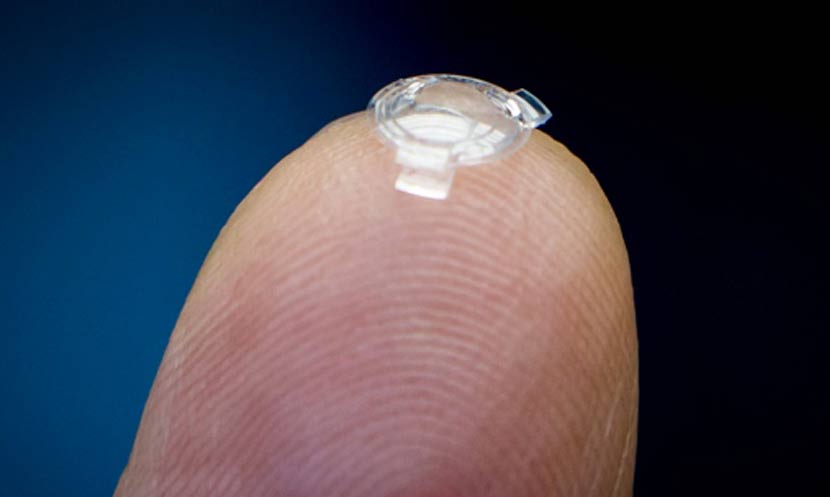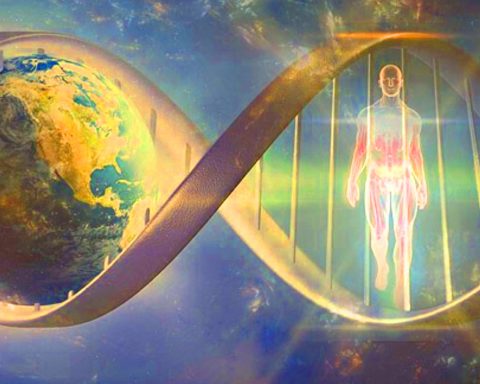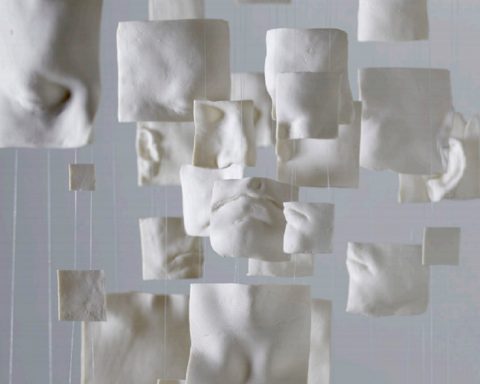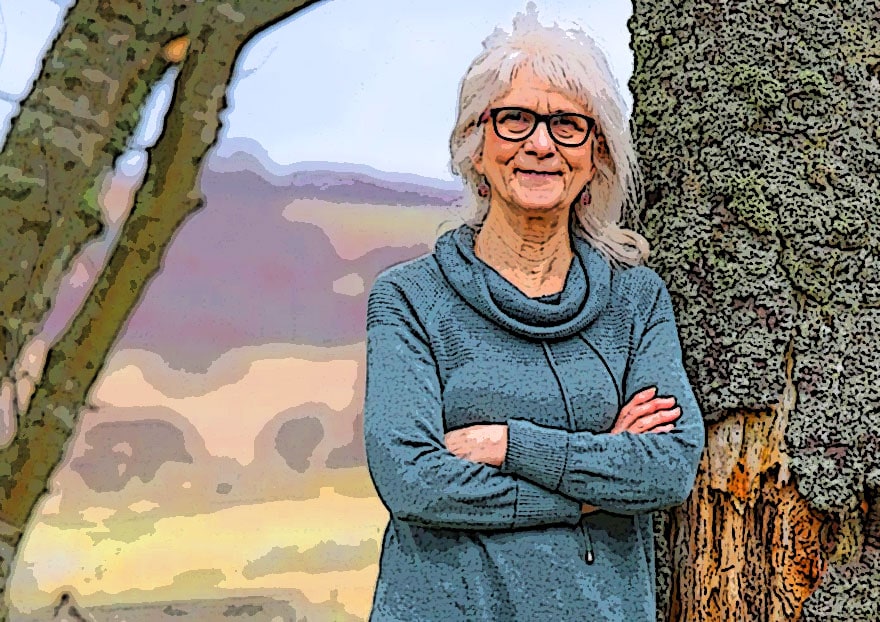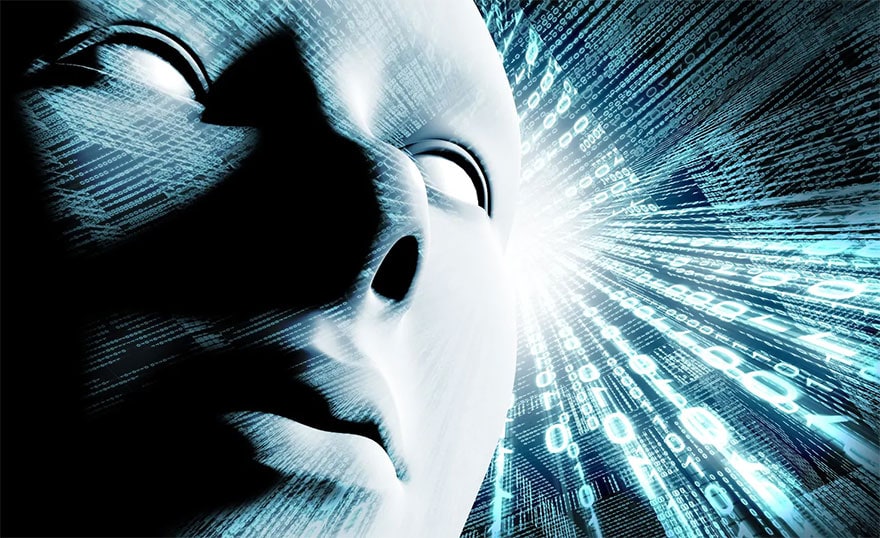As head of the Biomechatronics at the MIT Media LabHugh Herr developed a leg prosthesis called "BIOM T2". These prostheses are endowed with on-board artificial intelligence that now allow people to access movements that were previously impossible to perform, but above all they adapt to all types of terrain.
Hugh Herr lost both his legs thirty years ago in a mountain climbing accident. He will continue to develop new prostheses, analyzing the deficiencies of existing ones and mathematically modeling the functioning of the ankle during walking. He wears his own prostheses, which he describes as imitating nature, identically reproducing the functions of biological ankles, knees and calves.
Bionic prostheses because they will allow an incredible simulation of human walking: when climbing, the prostheses will make the gait easier thanks to the on-board engines. In descent, they will follow the slope by controlling the energy of the walker. The research team has already created models adapted to the many cases in which patients find themselves unable to use their legs: from cerebral palsy to exoskeletons for targeted pathologies.
The research lab team has modelled how the foot, ankle and knee work together in the body. It uses a battery-powered "bionic propulsion" coupled with two microprocessors and six environmental sensors that adjust the stiffness, position, power output and degree of damping of the ankle several thousand times per second at two key points. Upon heel impact, the system controls the stiffness of the ankle to absorb the shock and carry the tibia forward. Then, algorithms generate terrain-dependent energy to propel the wearer forward. The amounts of information transmitted between the different muscles have all been transposed into binary code and programmed into the bionic limb.
The prostheses are adapted to each patient using specialized software created by the researchers, which programs the rigidity and power deployed at all stages of walking. They call this process "Personal Bionic Tuning". This means that a patient often acclimatizes to the prosthesis in minutes instead of weeks. The prosthesis restores the natural gait, balance and walking speed, but by absorbing shocks and redistributing energy it also reduces stress on the leg joints and back.
Hugh Herr has developed different kinds of bionic legs for very specific uses: walking, running, but also climbing. And he is convinced that in the next 20 years or so, an adult amputee will be able to move more easily than an 18-year-old teenager.
The next goal for Herr and his team is to enable amputees to feel the sense of touch - the feeling of limbs made of flesh and bone - in their bodies. The prostheses are bionic because they already simulate the way a leg interacts with space. But the sensations on contact with the artificial foot do not yet reach the brain in the form of electrical signals. The wearer of a bionic leg therefore does not feel the actual contact with one surface rather than another.
MIT and BIOM have invested $50 million in this project. Models of exoskeletons that would connect to the human body in a less constraining way than a bionic prosthesis are being investigated. Once validated, MIT plans to make the codes and 3D models of its robotic limbs available for wider access.
TedeX video by Hugh Herr :

